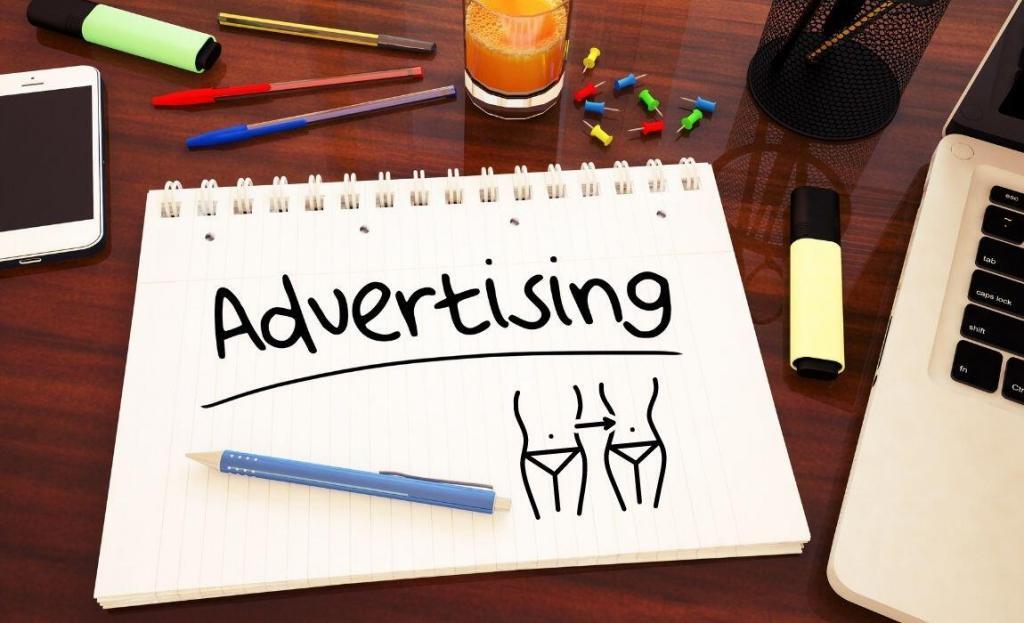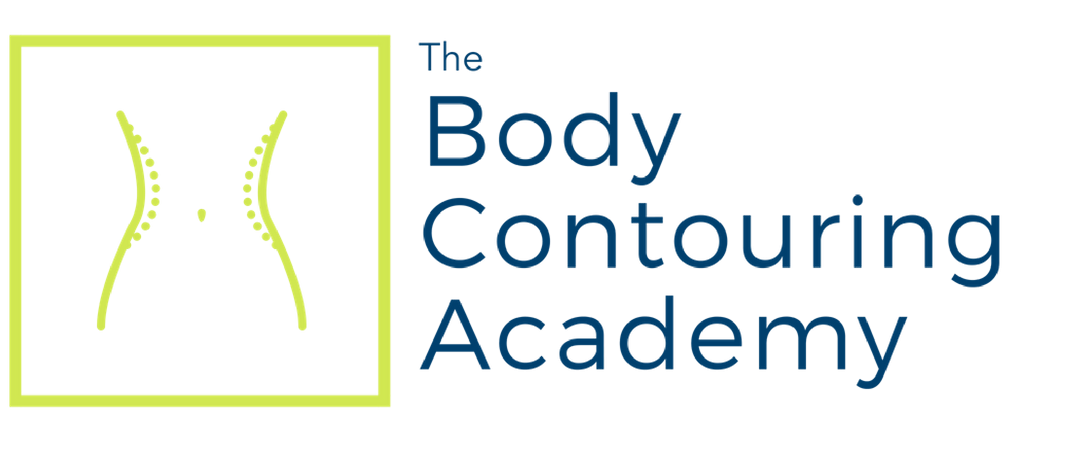How to draft ethical body contouring ads that sell

This article is intended as a guide and is not intended to replace legal advice from your legal team. As with any issue with legal implications, you should consult your attorney for advice.
On July 9, 2021, BTL Aesthetics filed the first of several lawsuits against clinics and spas claiming they falsely advertised that they offered Emsculpt treatments. In the lawsuits, BTL alleges these clinics and spas promised patients Emsculpt treatments, but didn’t own the Emsculpt device and instead, used an ‘Emsculpt knockoff’ for the treatments.
If these businesses are guilty of these false advertising allegations, why did they go such an extreme? We don’t know the answer, but it does give rise to an important question. What about innocent mistakes or oversteps any of us could make in drafting our body contouring ads? How do we do our very best to draft ethical body contouring ads...that sell?
In this article we discuss
- It’s all about the CLAIMS you are making in your ads
- The Ethical Ad Claims Test
- How to draft ethical body contouring ads that sell
- How to apply (step-by-step) the Ethical Ad Claims Test to your ads (with examples)
Drafting ethical body contouring ads is all about the CLAIMS you are making
When creating our ads, we need to (1) use the most persuasive claims (2) to formulate the most convincing argument to the prospective patient (3) to call, come in and buy. How do we draw the line between ethical persuasion and convincing - and - unethical exaggeration and misleading? It boils down to the specific claims you are making in your ads.
Ethical Ad Claims Test
PRO TIP: Use this test for any of your content, from website, to handouts, and other promotional materials. Your patients rely on this information. All such promotional materials can be considered in a misleading or unlawful advertisement claim.
It’s not just the written word that can be called into question. Train and monitor your staff about the semantics they use and know the representations they make.
How to draft ethical body contouring ads that sell
Apply the Ethical Ad Claims Test to all of the claims you are making
- Are your claims objectively verifiable?
- Is there clinical, scientific or medical evidence to substantiate your claims?
- Can you keep promises made by your claims?
- Have you exaggerated the results of the treatment?
- What images do you use?
- Have you given your treatment a branded name that might be misleading?
- What claims are you making on social media and/or made by celebrities you hire?
How to apply the Ethical Ad Claims Test
How to make sure you are drafting ethical body contouring ads.
Run your proposed ad campaign(s) through each of these tests.
1. Are your claims objectively verifiable?
You may want to brag about something to convince the patient to choose you. For example, you want to convey that your medical spa is a national leader in a procedure using a specific device. You want your prospective patients to know your practice knows how to get the best results with that particular device.
You can do that.
Right Way
Our medical spa ranks consistently in the top 3 providers in the nation for SculpSure procedures.
Wrong Way
Our medical spa consistently gets the best Sculpsure results.
2. Is there clinical, scientific or medical evidence to substantiate your claims?
You may want to convince the patient she should choose your procedure by promising certain outcomes, such as a promise of a certain amount of fat reduction. Be careful what you promise. Make sure your promise is backed by credible sources.
You can do it.
Right Way
The medical studies submitted to the FDA showed an average of 20% reduction in subcutaneous fat in the treated area from just one treatment.
- or if you have no studies or other credible data -
We’ve treated many patients with this device who rave about their results.
(Make sure this is true and you can prove it if needed)
Wrong Way
This treatment leads to a loss of ten inches with one treatment alone.
3. Can you keep promises made by your claims?
A good illustration of this test is one of our med spa stories. We had an outside marketing firm advise us to offer a Guarantee. We struggled with that because as all aesthetic providers know, we cannot guarantee medical outcomes. But we came up with a way and we’ll use it as our example here.
You can do it.
Right Way
We guarantee visible reduction from one treatment or we will retreat for free.
(We created a Visible Reduction Protocol, and defined ‘visible reduction’ in writing for the patient to read at her consultation.)
Wrong Way
We guarantee you’ll lose 10 inches in 2 weeks.
4. Have you exaggerated the results of the treatment?
Suppose you’ve observed clinically that your fat reduction treatments are resulting in improved skin tone and improving laxity. Your device, however, was not cleared by the FDA for skin tightening and there are no studies that show it. You know there are many patients who are looking for both fat reduction and skin tightening, and you’d like to promote the skin tightening benefits.
You should NOT use it in your promotions (ads, website, handouts, etc), but we think you can use it when you are talking to patients if you do it the right way.
Right Way
Studies show the Sculpsure procedure reduces up to 24% of the subcutaneous fat in the treated area. We have observed clinically that many patients experience improvement in the skin, which we theorize is caused by the heat. (Show before/after photos to illustrate what your practice is seeing) But it is not a skin tightening procedure. For your skin tightening concern, you could wait for your Sculpsure results and then discuss your need to proceed with skin tightening treatments -or- we can discuss getting started with skin tightening treatments now.
Wrong Way
- Any use or mention of the skin tightening benefits in your ads, website, handouts, and other promo material.
- Telling the patient the procedure will tighten her skin or telling the patient that it is a skin tightening treatment.
5. What images do you use?
We all want to use the best before/after photos when we advertise. It’s so we can present our treatment in the best light and show our prospective patients how the treatment can help solve their problem. But all of us also realize that results vary from patient to patient and we cannot promise the same amazing results to every person. But you want to use some of these photos in your ads, website, consultation room, etc.
You can do it.
Right Way
It’s okay to display your best results. But you must disclose that “results can vary from person to person and these results cannot be guaranteed.” You do this with a Disclaimer placed within the ad, your website, etc.
Wrong Way
Displaying or using before/after photos without the disclosure that not every person obtains these kinds of results.
6. Have you given your treatment a branded name that might be misleading?
Aesthetic providers sometimes give their treatments a branded name. That’s great if you do, but you must make sure the branded name, in and of itself, is not misleading. We’ll use the example of one of our treatments with a branded name. We named our whole body vibration machine the Vibe Away or ‘the Vibe’ for short. That name does not promise any outcome or convey misleading information. Take a look at the Right Way and Wrong Way to test your branded name treatment.
You can do it.
Right Way
Come in for a 10-minute whole body vibration workout on the Vibe Away.
Wrong Way
Come in for a 10-minute whole body vibration workout on our Fat Elimination Machine.
7. What claims are you making on social media and/or made by celebrities you hire?
Social Media
It’s natural to have a tendency to let our guard down when we’re using social media because we’re supposed to be ‘social.’ But the same rules and standards regarding misleading claims apply to social media as with any other platform, whether they’re print ads, radio ads, our website, etc.
Celebrity or Influencer Endorsements
If you hire a celebrity or influencer to speak on your behalf, you are ultimately responsible for any misleading or unethical claims they make on your behalf. Take these steps.
- First, your celebrity or influencer spokesperson must be a current or former patient at your practice.
- Second, she must speak only from her own experience.
- And third, you need to prepare (1) scripts for her statements and (2) agreements regarding her role. Without such control, she may inadvertently make misleading claims, which will bring you bad reviews, and it could possibly cost you big money.
Advertising is regulated by both state and federal laws. In addition to these, the aesthetics industry is also regulated by specific laws and restrictions applicable to medical advertising, as well as by our state’s licensure boards. In our med spa, we use the Ethical Ad Claims Test for all of our ad campaigns, our promotional materials, and our scripts to draft ethical body contouring ads...that sell.
If you want to know more about how to draft ethical body contouring ads, contact us at info@bodycontouringacademy.com.
Are you a business-minded esthetic professional who wants to learn more about succeeding with non-invasive body contouring?
Visit www.BodyContouringAcademy.com to learn how to grow your non-invasive body contouring business.
Want to expand your body contouring services menu?

Get body contouring certifications in the treatments of your choice
100% online, flexible and affordable
